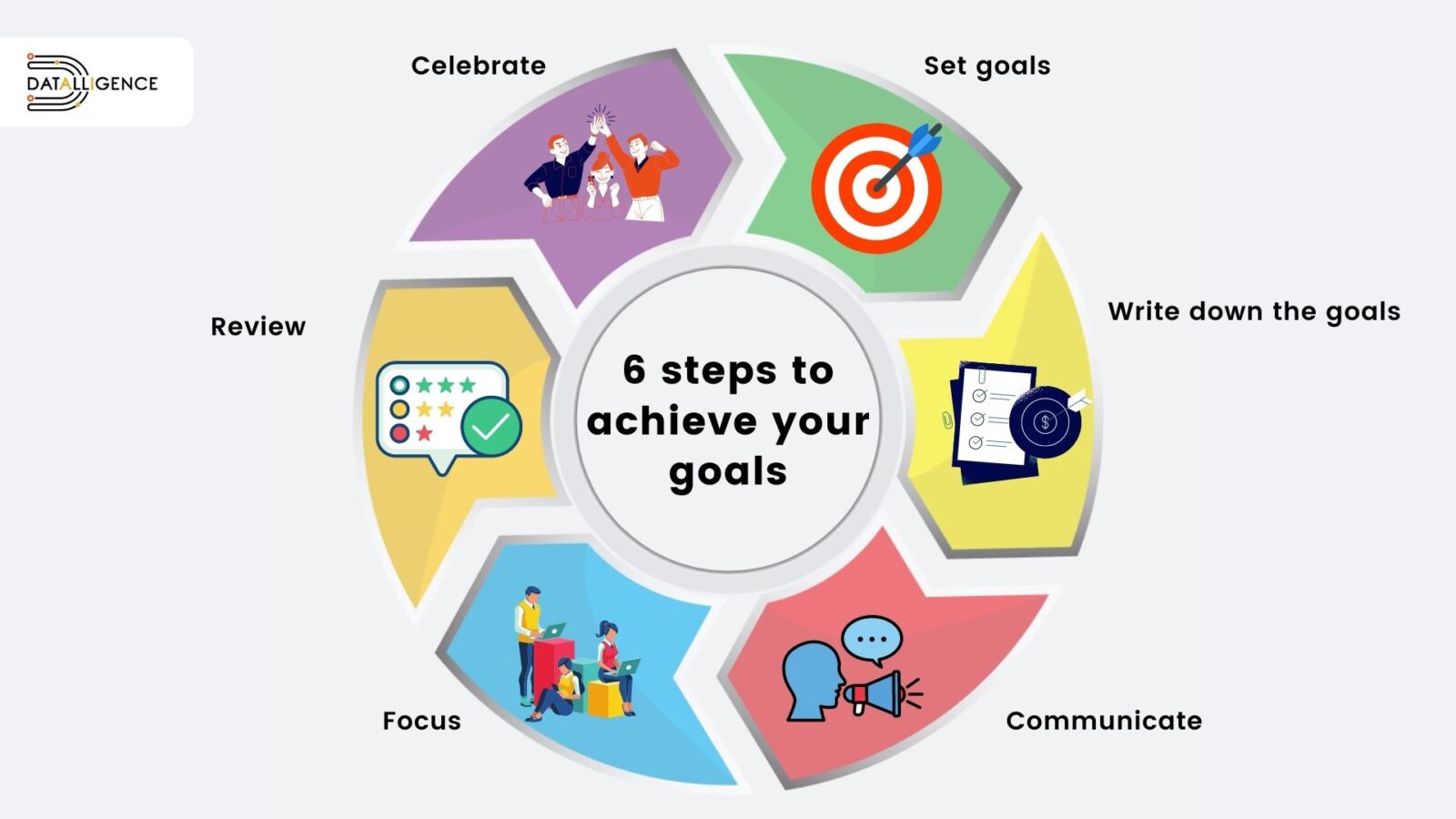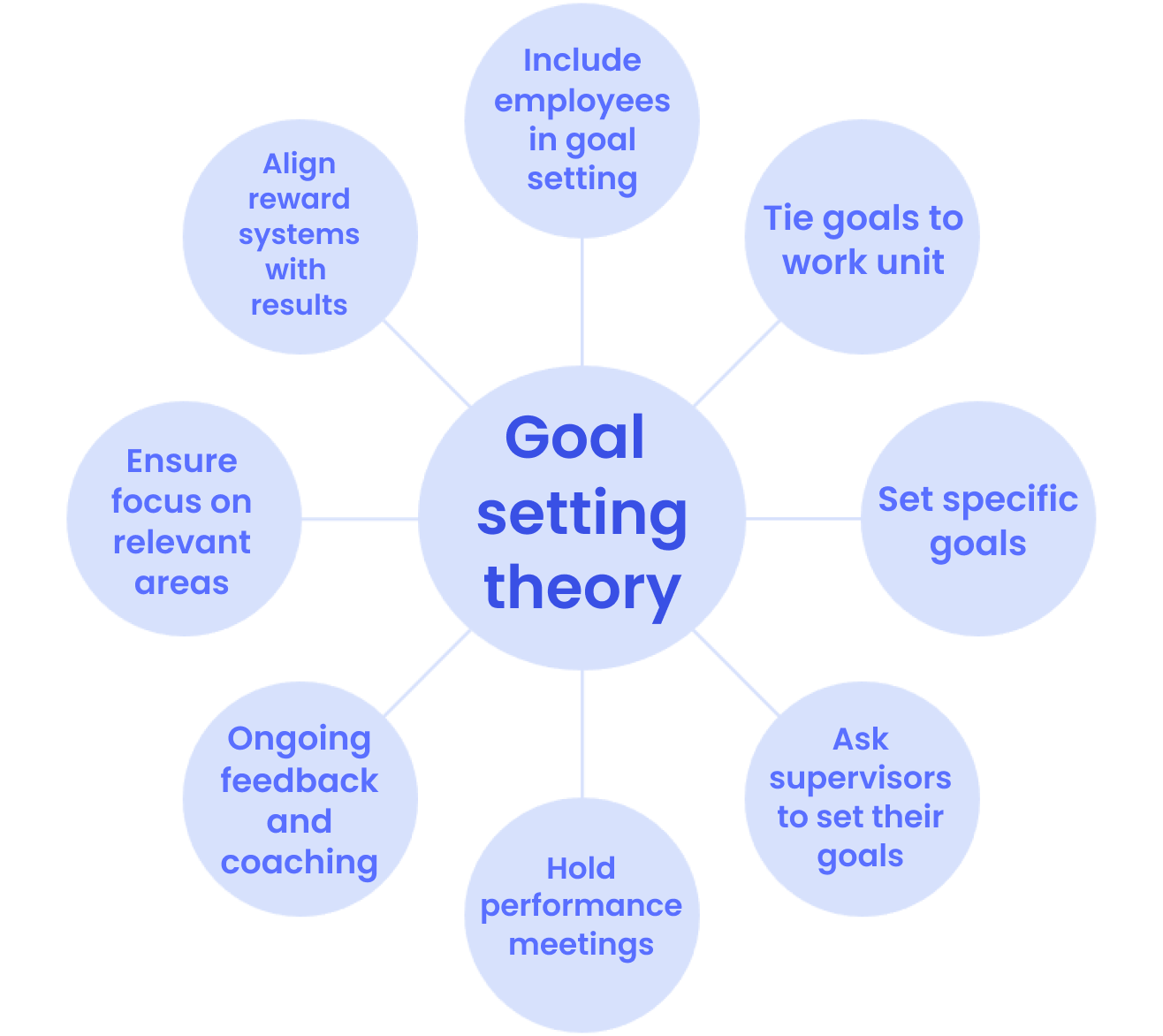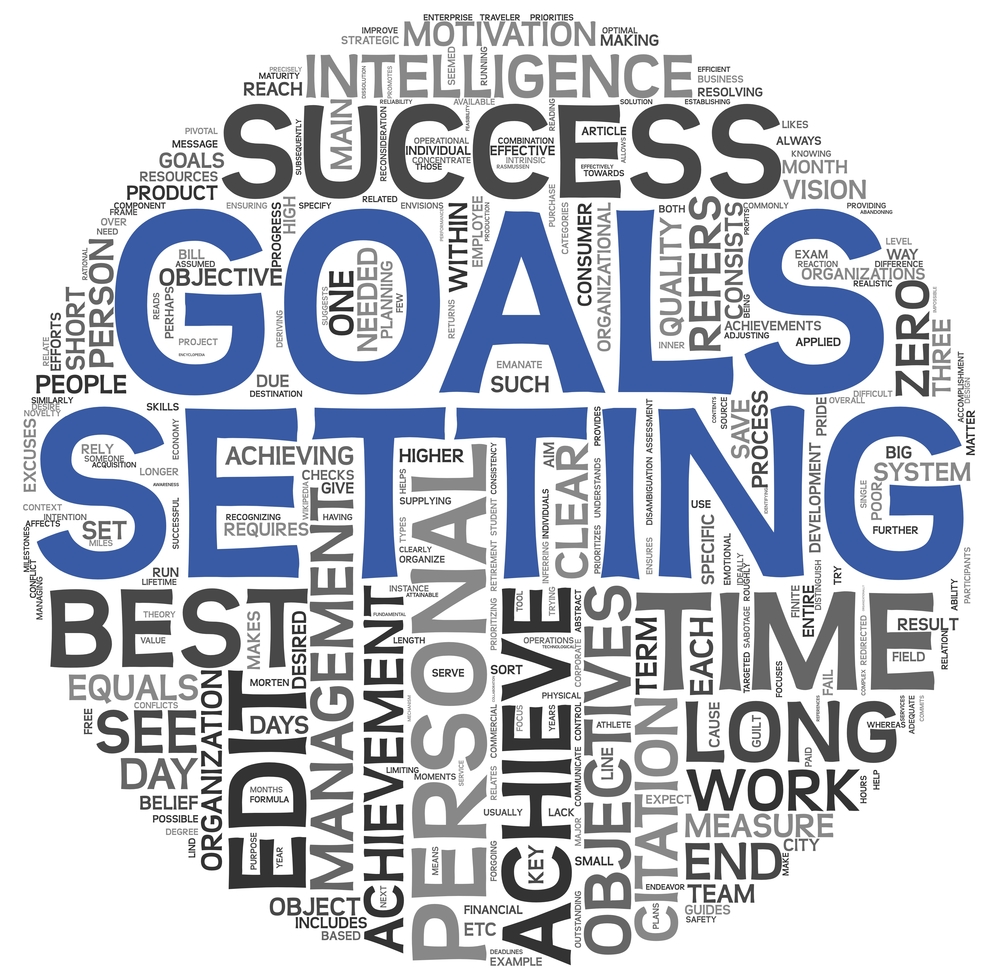
The 5 Steps of Effective Goal Setting [Infographic] Small
external validity and practical significance of goal-setting theory are explained, and new directions in goal-setting research are discussed. The relationships of goal setting to other theories are described as are the theory's limitations. I n the 1950s and 1960s, the study of motivation in North American psychology was not considered a re-

How to Achieve Your Goals in 10 Steps Your Therapy Source
Goal-Setting Theory. Ye Cui. Locke, et al (1981) defined the "goal" in Goal-Setting Theory (GST) as "what an individual is trying to accomplish; it is the object or aim of an action" (p. 126). According to Moeller et al. (2012), goal setting is the process of establishing specific and effective targets for task performance. Locke, et al.

Goal Setting Theory of Motivation EsperanzarosDuarte
For example, you can apply it successfully to personal goals, individual goals, team goals, learning goals, or an achievement goal. Supports a feedback culture. Goal-setting theory supports a culture of feedback. This gives employees the insights they need to continually improve. Leads to self-efficacy.

Effective Goal Setting 101 How to Write Effective Goals [Infographic]
4. Feedback. Another vital principle of goal setting theory is the right kind of feedback. Constructive feedback motivates the employees to overcome their shortcomings. Also, continuous feedback keeps them accountable, boosts positive emotions and their chances of increasing goals performance. 5. Tasks Complexity.

Why it is important to set goals The UK's leading Sports Psychology
Locke and Latham published work together in 1990 with their work "A Theory of Goal Setting & Task Performance" stressing the importance of setting goals that were both specific and difficult.. It's important to set goals that are aligned with the goal's complexity. Video. Why the secret to success is setting the right goals - John.

5 Powerful Goal Setting Principles JFD Performance Solutions
Summary. Goal setting is a complex process that involves understanding personal, family and work values in order to set rules that work for your life. You also need to be aware of the impact of your actions on those around you and have a clear understanding of what you are aiming for. Finally, it's important to be aware of what's stopping you.

6 Effective Goal Setting Steps for Achieve your Goals Goal Setting
Goal-setting theory, originally formulated by Locke and Latham (), draws from research across a wide range of disciplines to explain how and why individuals are motivated to achieve goals.In goal-setting theory, the term goal refers to an object that directs action, and each goal is comprised of content and intensity (Locke and Latham 2013).Goal content is defined as the result one seeks to.

Smart Goal Setting Examples
Personal Goal Setting Team Goal Setting; Stay committed by using visualization techniques to imagine how your life will look once you've achieved your goal.; Create a treasure map to remind yourself why you should work hard. Visual representations of your goal can help you stay committed, even when the going gets tough.

4 Principles of GoalSetting To Help You Reach Any Goal
That's exactly why the goal setting theory of motivation exists. It requires that you carefully think through your goal using five key elements: Clarity. Challenge. Commitment. Feedback. Task complexity. Work your way through those, and you'll set a goal that's motivating instead of disheartening.

SMART Goals 101 Goal Setting Examples, Templates & Tips Brian Tracy
This theory is beneficial for teams and organizations who want to understand the impact of goal setting on employees' work motivation. It allows leaders and managers to develop a robust goal framework for their company and implement goal-setting programs for better performance. The goal-setting theory of motivation is one of the many well.

Effective Organisational Goal Setting — 5 Benefits by Muhammad
Locke's goal-setting theory of motivation, which has been tested and supported by hundreds of studies involving thousands of participants, consistently delivers positive changes in the lives of individuals worldwide (Locke and Latham, 2019). This article will address Locke's ideas and give you insight into how to benefit from them.

Goal Setting The Ultimate Guide to Set Goals of Life
Goal Setting Theory explains the mechanisms by which goals influence behavior, and how the latter can be moderated by goal characteristics (difficulty and specificity), the level of commitment, the importance of the goal, levels of self-efficacy, feedback, and task complexity [14]. Interventions focusing on goal setting may help individuals.

How to Set Team Goals That Actually Work Fellow.app
Like its name entails, the basis of goal-setting theory is understanding how to set realistic yet challenging goals that can be achieved, if you and your team work hard. It motivates people by.

Successful Employee Goal Setting with 5 Worthy Tips
Goal-setting theory is a theory based on the idea that setting specific and measurable goals is more effective than setting unclear goals. Edwin A. Locke developed this theory in 1968 in his article, "Toward a Theory of Task Motivation and Incentive.". In this article, Locke showed how employees are more motivated by well-defined goals and.

Why Setting "Just for Today" Goals Might Work for You Paige Kumpf
Goal setting theory. Proposed by Locke and Latham (Citation 1990, Citation 2002, Citation 2019), Goal Setting Theory (GST) has been the most prominent theoretical framework for goal setting interventions.GST is a theory of motivation that explains the relationship between conscious goals and task performance (Locke & Latham, Citation 2002).GST was formulated based on an inductive approach.

Motivate Your Workforce Through Goal Setting Workest
The theory was developed through induction rather than deduction. Thus it is an open rather than a closed theory; that is, goal setting theory is open to modification through findings from subsequent research (e.g., the discovery of the necessity for setting learning rather than performance goals).